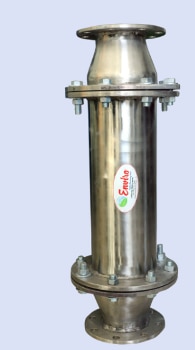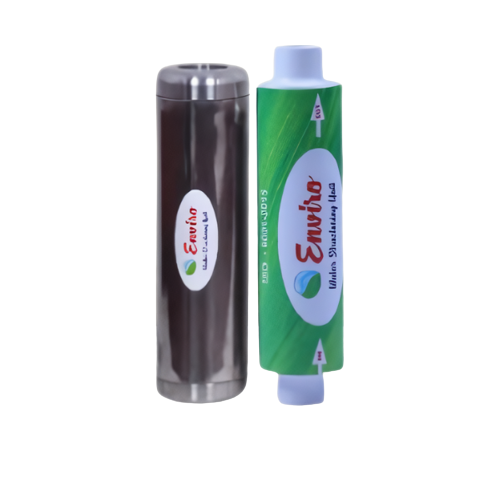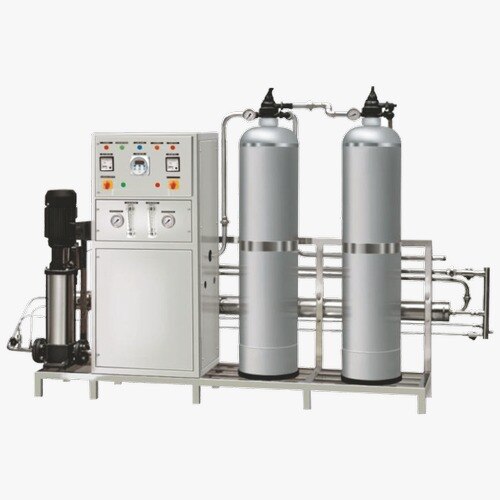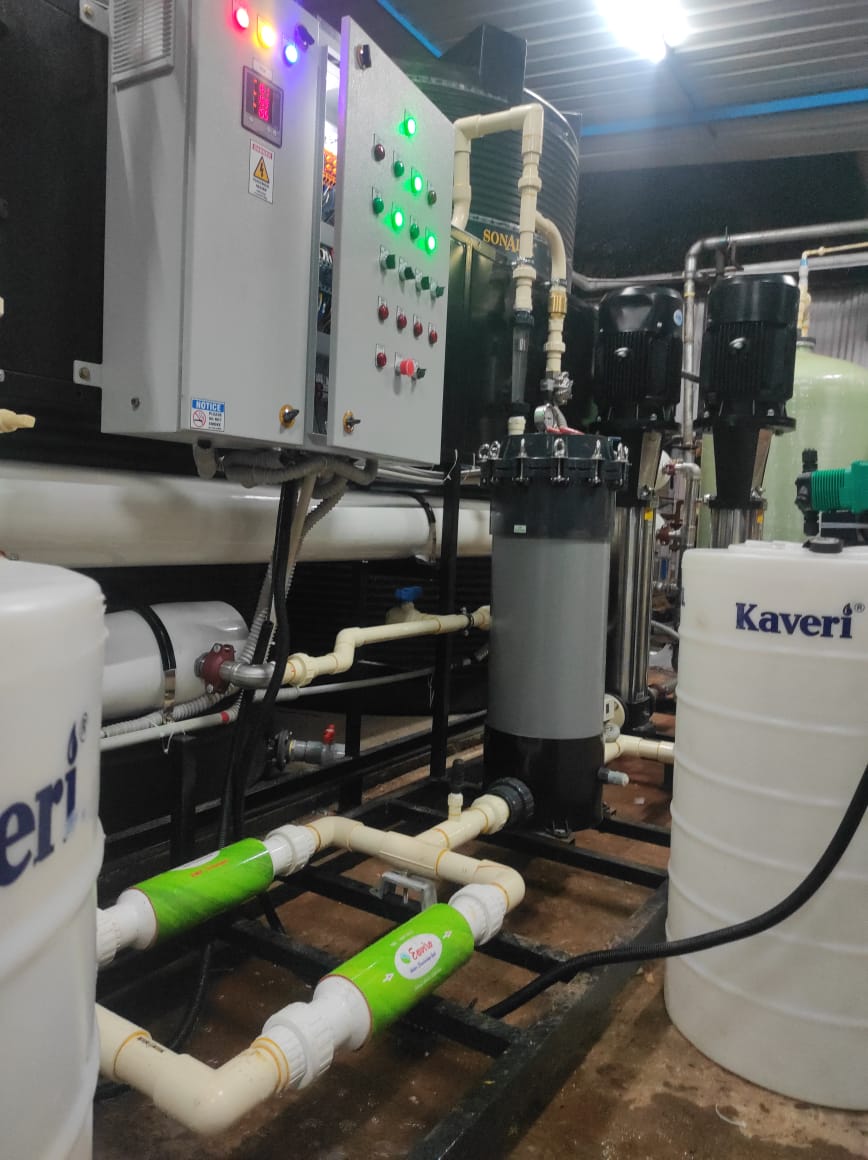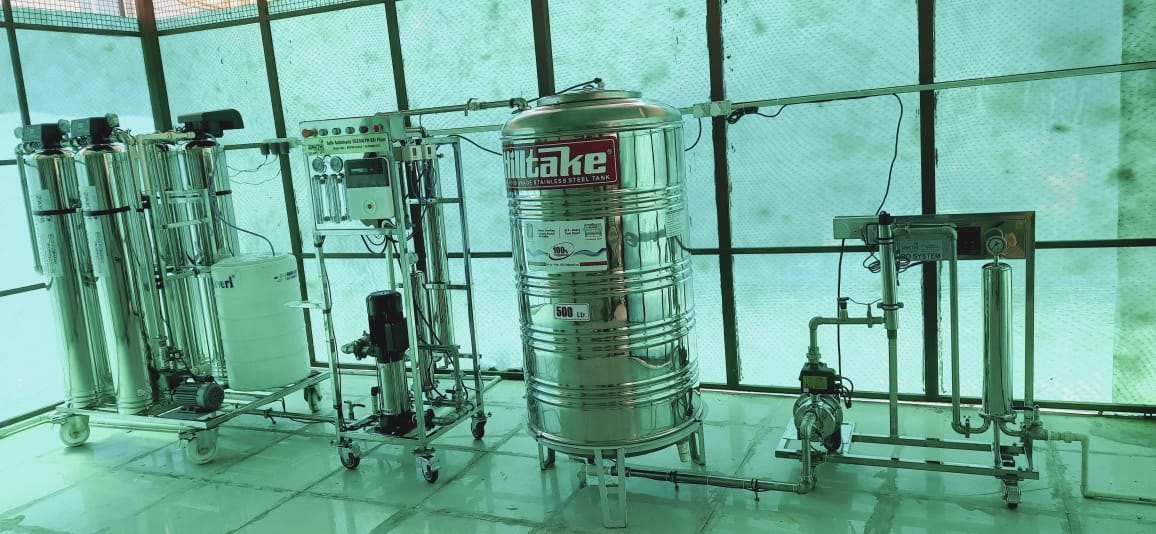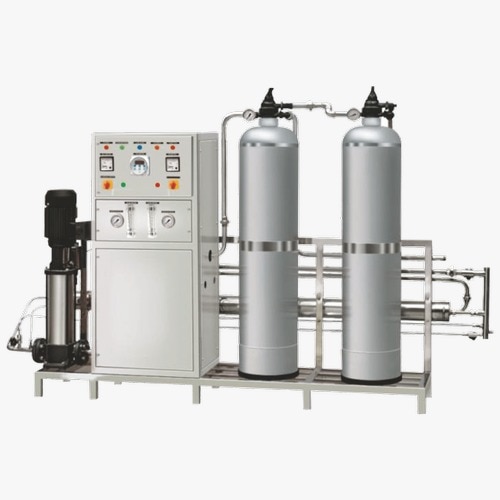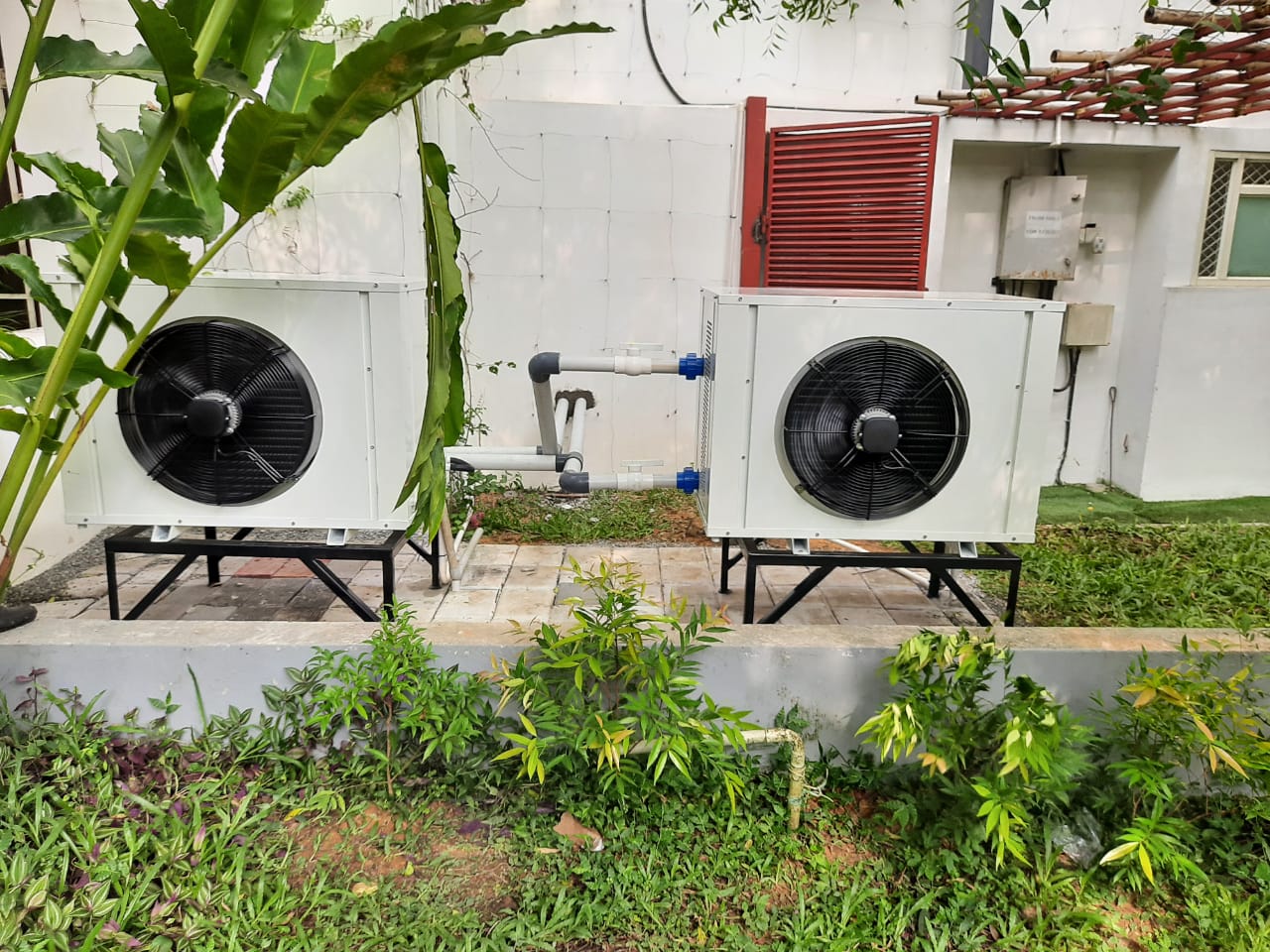Reverse Osmosis Plant
A reverse osmosis (RO) plant is a water treatment facility that uses reverse osmosis technology to purify water by removing contaminants, dissolved salts, and impurities. Below are different aspects and descriptions of an RO plant based on its components, applications, and operations:
General Description
Definition: A reverse osmosis plant is a water purification system that applies pressure to force water through a semi-permeable membrane, effectively removing impurities, salts, and microorganisms.
Purpose: It is designed to provide high-quality water for drinking, industrial processes, irrigation, or specific uses like medical applications.
Components
Pretreatment System: Includes filters, water softeners, and dosing systems to remove large particles, chlorine, and other contaminants that could damage the RO membranes.
High-Pressure Pump: Generates the necessary pressure to push water through the semi-permeable membranes, overcoming the natural osmotic pressure.
RO Membranes: The core of the plant, designed to allow only water molecules to pass while blocking salts, minerals, and impurities.
Post-Treatment System: May include UV sterilization, pH adjustment, or remineralization to make the purified water suitable for its intended use.
Control System: Automates the operation, monitors parameters, and ensures the plant functions efficiently and safely.
Applications
Drinking Water Production: Supplies potable water in urban, rural, or disaster-relief settings.
Industrial Use: Produces ultrapure water for pharmaceuticals, electronics manufacturing, and power plants.
Desalination: Converts seawater into fresh water in arid regions or areas with limited freshwater resources.
Irrigation: Provides purified water for agriculture, ensuring crop health by reducing salinity.
Wastewater Treatment: Recycles wastewater by removing contaminants for reuse.
Advantages
Produces high-quality water with minimal impurities.
Removes a wide range of contaminants, including heavy metals, dissolved salts, and bacteria.
Energy-efficient compared to thermal desalination processes.
Scalable, from small household units to large industrial plants.
Limitations
Requires a significant amount of feed water, as some is rejected as waste.
Regular maintenance and replacement of membranes are necessary.
Energy-intensive, especially for high-pressure systems.
Pretreatment is critical to avoid fouling and scaling of membranes.
Environmental Impact
Positive: Provides clean drinking water, supports sustainable water management, and reduces dependency on groundwater.
Negative: Brine disposal from the plant can harm the environment if not managed properly.
Send Message
